THE MOST PERSONALISED ONLINE TRAINING, NUTRITION AND EDUCATION PROGRAM
THE MOST PERSONALISED ONLINE TRAINING, NUTRITION AND EDUCATION PROGRAM
How To Build Powerful, Toned & Incredible Legs

Build Your Foundation.
The Process Of Building Powerful, Muscular Legs.When you hit the gym, it’s important that you don’t make the mistake that so many other people commit on a weekly basis, skipping over leg training. Your legs are going to build the foundation of your body and since you are standing on them for support in many other exercises, if they’re weak, this could be your weakest link.
The Process Of Building Powerful, Muscular Legs.When you hit the gym, it’s important that you don’t make the mistake that so many other people commit on a weekly basis, skipping over leg training. Your legs are going to build the foundation of your body and since you are standing on them for support in many other exercises, if they’re weak, this could be your weakest link.
And this doesn’t even take into account that since your legs are such large muscle groups – the largest in the body – this makes them great for provoking a strong hormonal release, kicking your testosterone into high gear. This can then eventually mean greater muscular strength and size gains in other areas of your body as well.
This said, leg training is brutal. There’s no way around that – if you want to put together an effective leg training session, you’re going to have to be willing to endure a bit of pain in the process. Note that this shouldn’t be tendon, joint, or ligament pain, but rather, the sheer exhaustion and burning sensation your muscles feel when placed under extreme stress. Getting through a well-planned leg workout is also going to be one of the best ways to build psychological tenacity, making you stronger for each workout that comes your way.
What’s the best way to go about lower body training? Let me give you a few tips to kick your own leg training into high gear.
Combine Unilateral And Bilateral Training Together
The first quick tip to remember as you set up your lower body workout program is that it’s going to be best if you can combine both unilateral and bilateral exercises together. What does this mean?
Basically, don’t always work both legs together. Bilateral training would be performing a squat for instance, where you are standing on both legs and working at the same time.
Alternatively, a single leg horizontal leg press for instance would hit just that one leg itself with each rep you take. Add in some of these unilateral moves as well. They’re great for making sure your stronger side isn’t overcompensating for your weaker side, leading you down the road of a strength imbalance.
Hit The Big Moves First
The second quick tip that you must remember at all times is to make sure that you hit the big moves you have planned first. Unless you are specifically using a concept such as the pre-fatigue protocol, never perform say a leg extension before a squat.
Always start with the moves that demand the most strength and energy so that you are at your freshest and can give your all. The big moves to be aware of with this include squats and deadlifts. These should always come first.
Then you can follow those with any leg pressing you might be doing, lunges, or split squats. From there, you can then move into hamstring curls and leg extensions, along with calf work if you desire.
Periodize Your Reps And Structure
In order to keep your lower body muscles constantly responding at all times, it’s vital that you periodize your reps and structure of your workout. Don’t go into the gym and do the same thing day after day or your body will soon be in a serious plateau.
Change it up. Decrease your reps over time as you increase the weight and get stronger. Then, once you’ve hit a certain weight level for a lower number of reps, go back to the higher rep range again, this time increasing the weight from what you did at that rep range before.
This is a great way to not only ensure that you keep your body progressing, but also ensure that you are not constantly placing great strain on your joints from that heavy weight. Those higher rep, lighter weight sessions will give your joints, ligaments, and tendons a chance to heal, allowing you to sidestep injury.
Never Sacrifice Form
As you go about your lower body training, make sure that you never let yourself sacrifice good form. As the weights you lift will get quite heavy with lower body, it’s easy to let a little error in form take place. But, if this happens, your risk of injury will be significant.
Think of it this way, which poses a bigger threat? Bicep curling 30 Kilos and moving out of good form or squatting 150 kilos and moving out of good form?
Hopefully this makes it clear just how important good form is. One small wrong move and you could suffer from a serious knee or back injury.
Leave your ego at the door when you go in to do legs. Only do a weight that allows you to maintain perfect form. Only if you have a spotter should you go higher.
Small Changes Yield Big Results
Finally, don’t forget to make small tweaks to your program over time. For instance, swapping out a front squat for a back squat still has you squatting, but these two moves are going to challenge the body in a totally unique manner.
Likewise for regular squats versus sumo squats. Small changes like this can yield big results and don’t require you to change much about your overall workout plan.
So there you have some fast and easy tips for hitting your lower body properly to see remarkable strength and size gains. When was the last time you really truly trained legs properly?


